B5MECH
Laurence Male
It still has a couple of tiny spots but time to stop, I was surprised with where I found it and very shallow in a worn walkway in a market park.Wadey said:Came up nice
Goes to show you never know whats under foot.

It still has a couple of tiny spots but time to stop, I was surprised with where I found it and very shallow in a worn walkway in a market park.Wadey said:Came up nice
I love patina TH The pennys I clean I heat in olive oil and brush with a fine brass brush, the oil cleans them better when hot.tally ho said:B5MECH nice find put the penny in white vinagar and heaps of salt for a couple of hour will go pink tooth brush it of will come back to colour
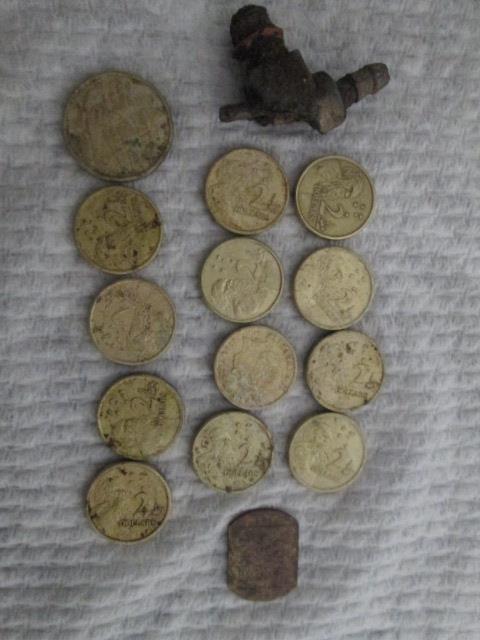
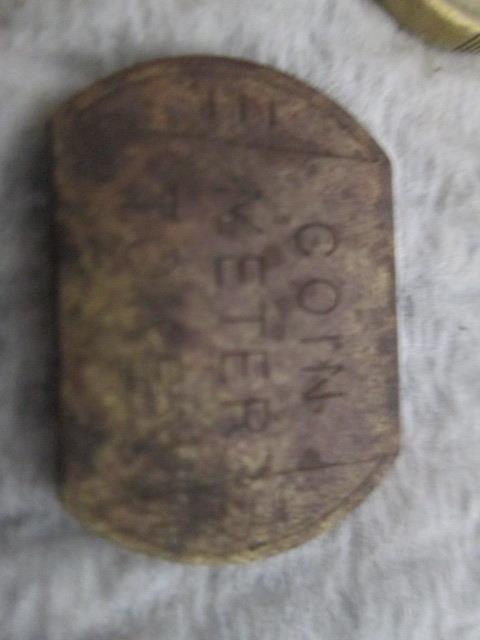
The other thingy I think is a part of my HQ Holden I'm digging up piece by piece of rust :lol: :lol:Ramjet said:Gotta love battery money and a token.and that other thingy

B5MECH said:The other thingy I think is a part of my HQ Holden I'm digging up piece by piece of rust :lol: :lol:Ramjet said:Gotta love battery money and a token.and that other thingy

Old NRMA Badges can go for good money I've auctioned a couple off on ebay a while ago gota grab themRamjet said:B5MECH said:The other thingy I think is a part of my HQ Holden I'm digging up piece by piece of rust :lol: :lol:Ramjet said:Gotta love battery money and a token.and that other thingy

LOL. Old Gent I spoke to today said there was a car buried near where we were detecting. I have a couple of nice, old car badges.
The park has been forever giving it's so big I get confused sometimes on the next area of it to try but pickings are getting thin now, But you never know whats in the next sectionAtomRat said:Bang bang bang! Wow you collected a few in the last couple of days mate well doneFlorin looks a real treat!
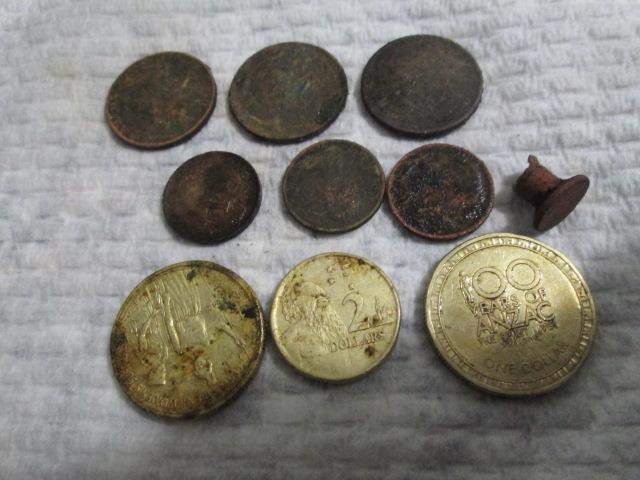
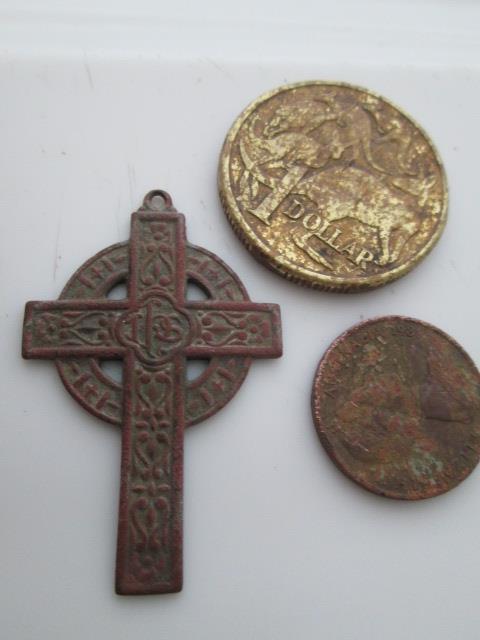
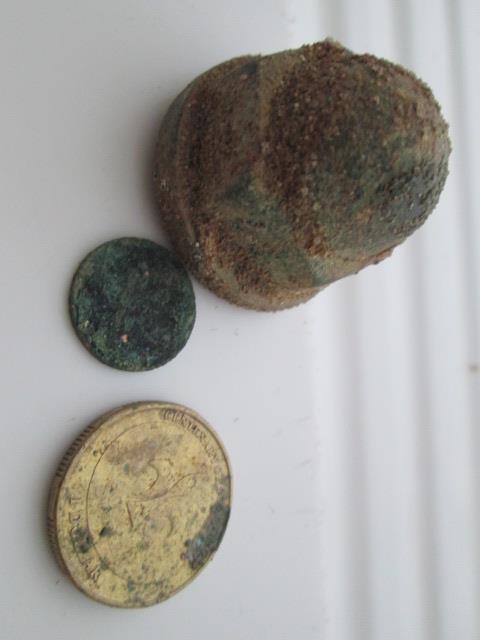
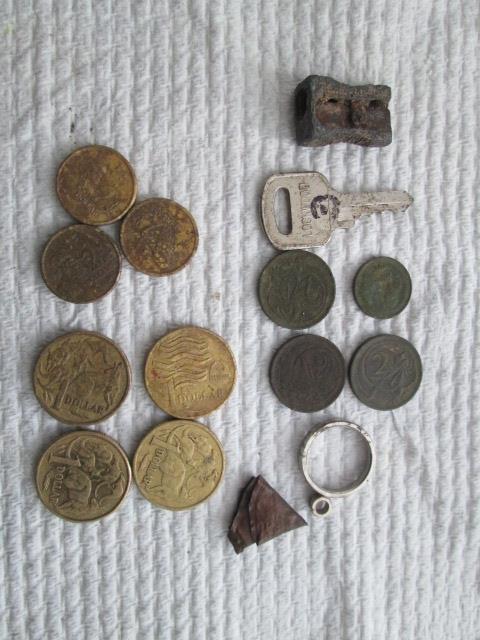
Which is so confusing, The more I look at it I can see maybe 3 nails but the 1+1 around the ring makes me think huh? maybe represents the two thieves that were crucified beside Jesus? religion is confusing to me as things changed so much over the yearsJaros said:I found this for ihs
A monogram of the name of Jesus Christ. From the third century the names of our Saviour are sometimes shortened, particularly in Christian inscriptions (IH and XP, for Jesus and Christus). In the next century the "sigla" (chi-rho) occurs not only as an abbreviation but also as a symbol. From the beginning, however, in Christian inscriptions the nomina sacra, or names of Jesus Christ, were shortened by contraction, thus IC and XC or IHS and XPS for Iesous Christos. These Greek monograms continued to be used in Latin during the Middle Ages. Eventually the right meaning was lost, and erroneous interpretation of IHS led to the faulty orthography "Jhesus". In Latin the learned abbreviation IHC rarely occurs after the Carlovingian era. The monogram became more popular after the twelfth century when St. Bernard insisted much on devotion to the Holy Name of Jesus, and the fourteenth, when the founder of the Jesuati, Blessed John Colombini (d. 1367), usually wore it on his breast. Towards the close of the Middle Ages IHS became a symbol, quite like the chi-rho in the Constantinian period. Sometimes above the H appears a cross and underneath three nails, while the whole figure is surrounded by rays. IHS became the accepted iconographical characteristic of St. Vincent Ferrer (d. 1419) and of St. Bernardine of Siena (d. 1444). The latter holy missionary, at the end of his sermons, was wont to exhibit this monogram devoutly to his audience, for which some blamed him; he was even called before Martin V. St. Ignatius of Loyola adopted the monogram in his seal as general of the Society of Jesus (1541), and thus it became the emblem of his institute. IHS was sometimes wrongly understood as "Jesus Hominum (or Hierosolymae) Salvator", i.e. Jesus, the Saviour of men (or of Jerusalem=Hierosolyma).
Jaros
WOWJaros said:I found this for ihs
A monogram of the name of Jesus Christ. From the third century the names of our Saviour are sometimes shortened, particularly in Christian inscriptions (IH and XP, for Jesus and Christus). In the next century the "sigla" (chi-rho) occurs not only as an abbreviation but also as a symbol. From the beginning, however, in Christian inscriptions the nomina sacra, or names of Jesus Christ, were shortened by contraction, thus IC and XC or IHS and XPS for Iesous Christos. These Greek monograms continued to be used in Latin during the Middle Ages. Eventually the right meaning was lost, and erroneous interpretation of IHS led to the faulty orthography "Jhesus". In Latin the learned abbreviation IHC rarely occurs after the Carlovingian era. The monogram became more popular after the twelfth century when St. Bernard insisted much on devotion to the Holy Name of Jesus, and the fourteenth, when the founder of the Jesuati, Blessed John Colombini (d. 1367), usually wore it on his breast. Towards the close of the Middle Ages IHS became a symbol, quite like the chi-rho in the Constantinian period. Sometimes above the H appears a cross and underneath three nails, while the whole figure is surrounded by rays. IHS became the accepted iconographical characteristic of St. Vincent Ferrer (d. 1419) and of St. Bernardine of Siena (d. 1444). The latter holy missionary, at the end of his sermons, was wont to exhibit this monogram devoutly to his audience, for which some blamed him; he was even called before Martin V. St. Ignatius of Loyola adopted the monogram in his seal as general of the Society of Jesus (1541), and thus it became the emblem of his institute. IHS was sometimes wrongly understood as "Jesus Hominum (or Hierosolymae) Salvator", i.e. Jesus, the Saviour of men (or of Jerusalem=Hierosolyma).
Jaros
Goldpick said:I gave up after the first sentence. :lol: The cross was a nice find, I don't mind finding the odd religeous trinket, especially when in silver.
Enter your email address to join: